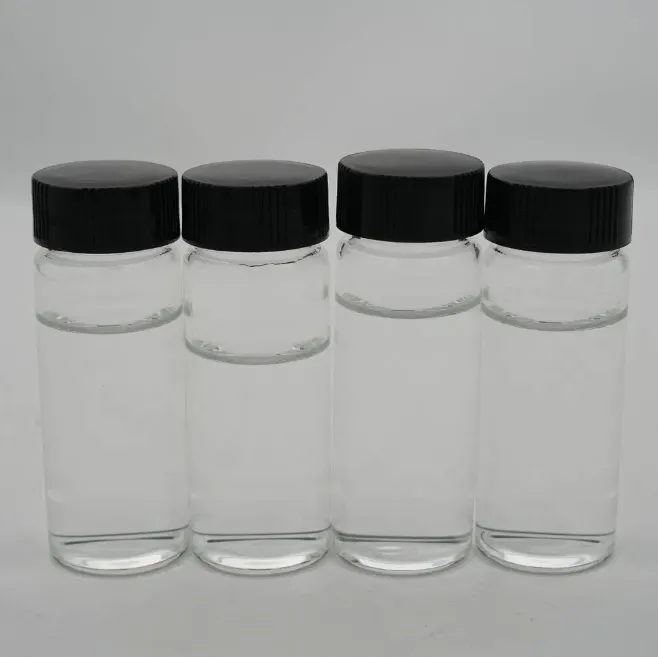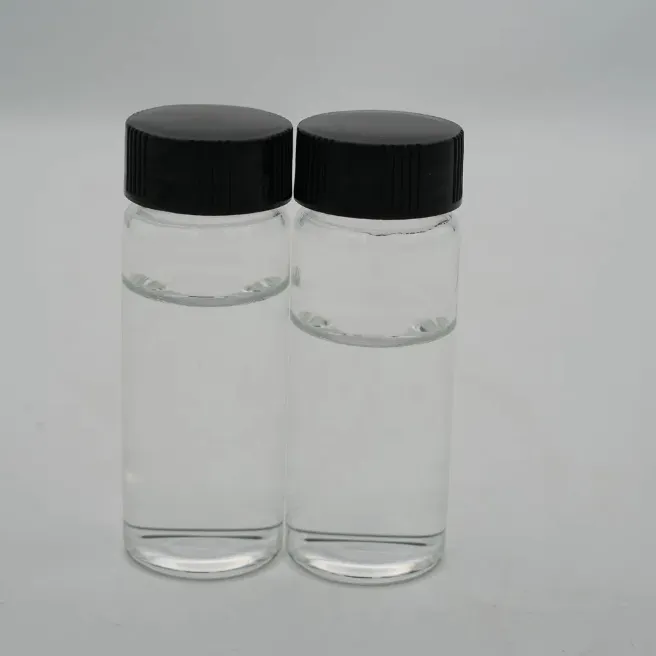Warning: Undefined array key "title" in /home/www/wwwroot/HTML/www.exportstart.com/wp-content/themes/1198/header.php on line 6
Warning: Undefined array key "file" in /home/www/wwwroot/HTML/www.exportstart.com/wp-content/themes/1198/header.php on line 7
Warning: Undefined array key "title" in /home/www/wwwroot/HTML/www.exportstart.com/wp-content/themes/1198/header.php on line 7
Warning: Undefined array key "title" in /home/www/wwwroot/HTML/www.exportstart.com/wp-content/themes/1198/header.php on line 7
- Afrikaans
- Albanian
- Amharic
- Arabic
- Armenian
- Azerbaijani
- Basque
- Belarusian
- Bengali
- Bosnian
- Bulgarian
- Catalan
- Cebuano
- China
- China (Taiwan)
- Corsican
- Croatian
- Czech
- Danish
- Dutch
- English
- Esperanto
- Estonian
- Finnish
- French
- Frisian
- Galician
- Georgian
- German
- Greek
- Gujarati
- Haitian Creole
- hausa
- hawaiian
- Hebrew
- Hindi
- Miao
- Hungarian
- Icelandic
- igbo
- Indonesian
- irish
- Italian
- Japanese
- Javanese
- Kannada
- kazakh
- Khmer
- Rwandese
- Korean
- Kurdish
- Kyrgyz
- Lao
- Latin
- Latvian
- Lithuanian
- Luxembourgish
- Macedonian
- Malgashi
- Malay
- Malayalam
- Maltese
- Maori
- Marathi
- Mongolian
- Myanmar
- Nepali
- Norwegian
- Norwegian
- Occitan
- Pashto
- Persian
- Polish
- Portuguese
- Punjabi
- Romanian
- Russian
- Samoan
- Scottish Gaelic
- Serbian
- Sesotho
- Shona
- Sindhi
- Sinhala
- Slovak
- Slovenian
- Somali
- Spanish
- Sundanese
- Swahili
- Swedish
- Tagalog
- Tajik
- Tamil
- Tatar
- Telugu
- Thai
- Turkish
- Turkmen
- Ukrainian
- Urdu
- Uighur
- Uzbek
- Vietnamese
- Welsh
- Bantu
- Yiddish
- Yoruba
- Zulu
Jun . 05, 2025 15:15 Back to list
What is Propylene Glycol and Why Is It So Widely Used?
Propylene glycol is one of the most versatile ingredients found in everything from cosmetics and food to pharmaceuticals and industrial products. It’s a clear, odorless, and slightly syrupy liquid with excellent moisture-retaining properties. Its broad range of applications and generally recognized as safe (GRAS) status make it a popular ingredient across multiple industries.

Understanding the Different Propylene Glycol Types
There are two main propylene glycol types used in commercial and industrial applications:
USP Grade (Pharmaceutical/Food Grade)
This type is highly purified and suitable for use in food, beverages, cosmetics, and pharmaceuticals. It’s often labeled as propylene glycol USP and complies with strict safety standards.
Industrial Grade
Industrial-grade propylene glycol is used in products like antifreeze, paints, and de-icing fluids. While it’s not intended for ingestion, it still maintains good performance for technical applications like heat transfer fluids and solvents.
Choosing the right propylene glycol type depends entirely on your intended use. If you're working in food production, cosmetics, or health products, stick to USP-grade for safety and compliance.

The Many Functions of Propylene Glycol
So, what exactly does propylene glycol do? Here's a quick breakdown of its main functions:
Humectant: It attracts and retains moisture, making it ideal for skincare and haircare products.
Solvent: It dissolves active ingredients and helps mix oil- and water-based substances in creams and lotions.
Stabilizer: In food and pharma, it helps stabilize formulations and extends shelf life.
Carrier: It acts as a carrier for flavors, fragrances, or active pharmaceutical ingredients.
Heat Transfer Medium: In industrial systems, it functions as a coolant or antifreeze in HVAC and engine applications.
Thanks to its low toxicity and impressive versatility, propylene glycol serves vital roles in both consumer products and industrial solutions.
Where You’ll Find Propylene Glycol
You may not see it listed in bold letters, but propylene glycol is everywhere:
Cosmetics & Personal Care: Moisturizers, deodorants, shampoos, toothpaste, and makeup.
Food & Beverages: As a carrier for flavorings, or a humectant to retain moisture in baked goods.
Pharmaceuticals: Syrups, oral medications, injectables, and topical treatments.
Industrial: Antifreeze, de-icing fluids, hydraulic fluids, and electronic coolants.
Its ability to function across so many sectors is a testament to how useful and adaptable propylene glycol truly is.
How Much Does Propylene Glycol Cost?
The propylene glycol cost varies depending on the type, grade, and volume being purchased. Here’s a general pricing guide:
USP Grade (bulk orders): $1.50 to $2.50 per kg
Industrial Grade (bulk orders): $1.00 to $1.80 per kg
Small-scale retail: Around $5–$10 per liter for USP grade in consumer packaging
Factors that influence propylene glycol cost:
Crude oil prices: Since it’s derived from petrochemical processes, prices fluctuate with oil markets.
Production method: Bio-based propylene glycol (from renewable sources) typically costs more than petroleum-derived.
Supply and demand: Prices can spike during winter months due to increased demand in antifreeze and de-icing products.
Region and shipping: Local taxes, import duties, and shipping fees can also impact pricing.
If you're sourcing propylene glycol for manufacturing or resale, it's best to compare suppliers and request bulk quotes.
Sourcing and Safety Considerations
When sourcing propylene glycol, consider working with certified suppliers who can provide documentation like Certificates of Analysis (COA), MSDS, and traceability info. Also, be clear about the intended use—pharma-grade applications require tighter compliance than industrial usage.
While propylene glycol is considered safe in controlled quantities, high exposure levels (especially in vapor form or over time) may lead to irritation or allergic reactions in sensitive individuals. Always follow recommended usage levels and safety protocols when handling the product.
Propylene Glycol FAQs
Q1: What are the main types of propylene glycol?
A: The two primary propylene glycol types are USP (pharmaceutical/food grade) and industrial grade. USP grade is used in consumables and skincare products, while industrial grade is used in antifreeze and similar applications.
Q2: What does propylene glycol do in products?
A: Propylene glycol acts as a humectant, solvent, stabilizer, and carrier, depending on the product. In cosmetics, it keeps skin hydrated; in food, it helps retain freshness and blend flavors.
Q3: How much does propylene glycol cost in bulk?
A: The propylene glycol cost in bulk ranges from $1 to $2.50 per kilogram, depending on grade and supplier. Retail prices are typically higher.
Q4: Is propylene glycol safe for human use?
A: Yes, USP-grade propylene glycol is considered safe for use in food and personal care products. It’s been approved by global regulatory bodies like the FDA and EFSA.
Q5: Where can I buy propylene glycol in bulk?
A: You can source propylene glycol from chemical suppliers, food ingredient distributors, or specialized cosmetic ingredient vendors. Look for COA and compliance certificates to ensure product quality.
Latest news
-
Certifications for Vegetarian and Xanthan Gum Vegetarian
NewsJun.17,2025
-
Sustainability Trends Reshaping the SLES N70 Market
NewsJun.17,2025
-
Propylene Glycol Use in Vaccines: Balancing Function and Perception
NewsJun.17,2025
-
Petroleum Jelly in Skincare: Balancing Benefits and Backlash
NewsJun.17,2025
-
Energy Price Volatility and Ripple Effect on Caprolactam Markets
NewsJun.17,2025
-
Spectroscopic Techniques for Adipic Acid Molecular Weight
NewsJun.17,2025

